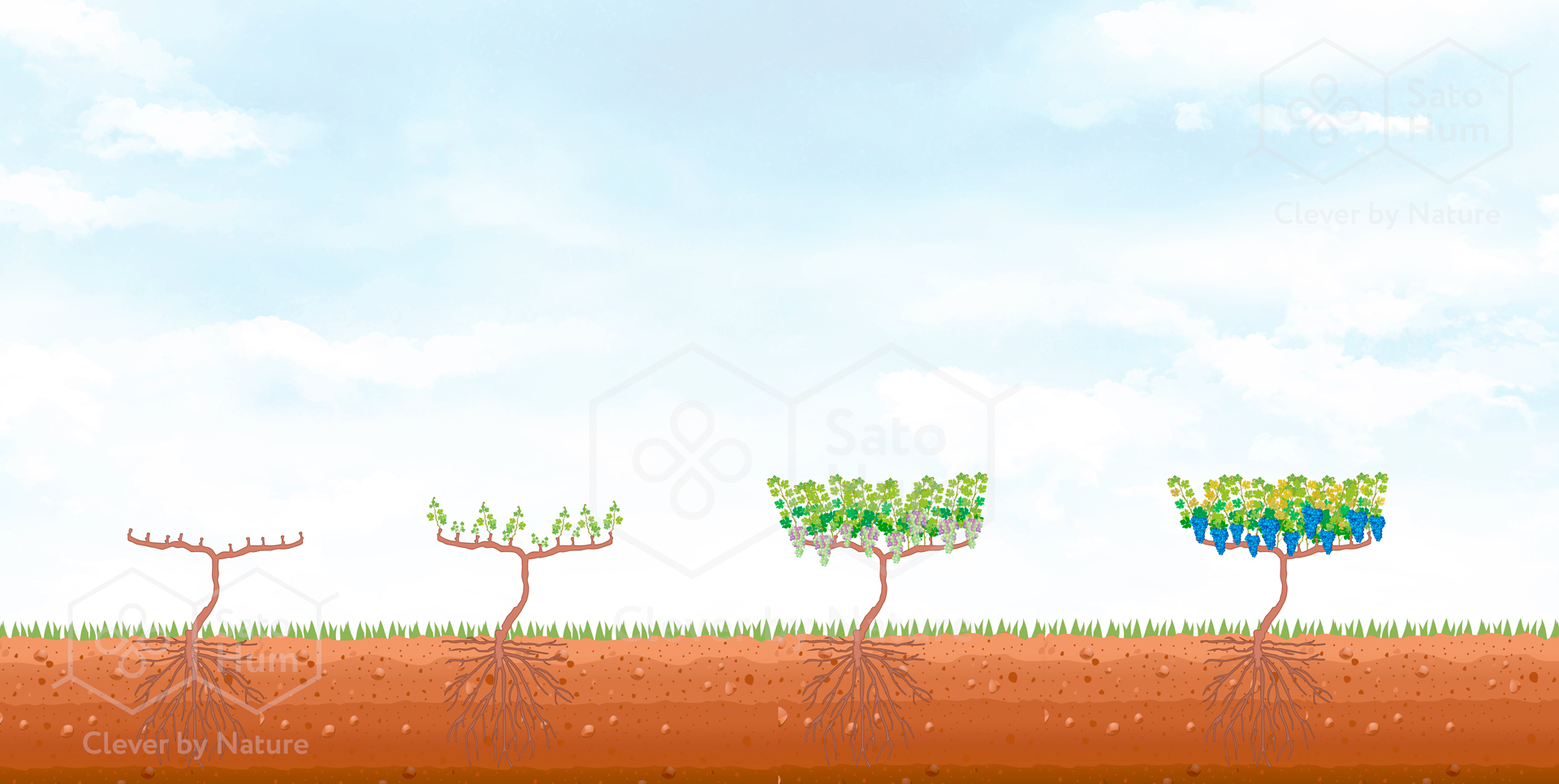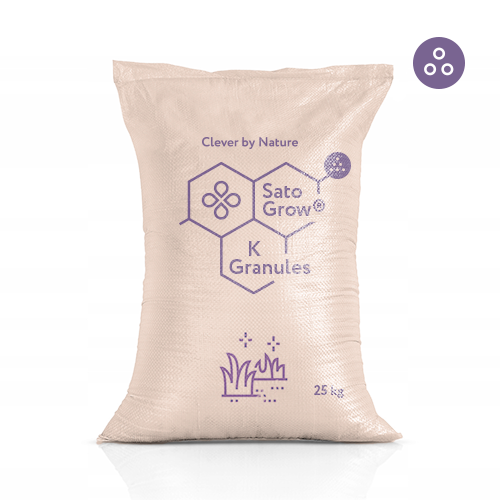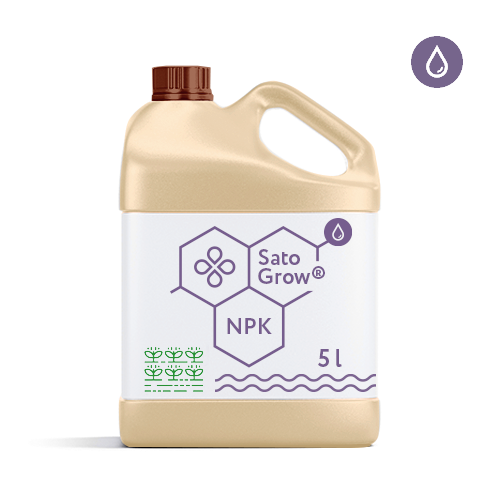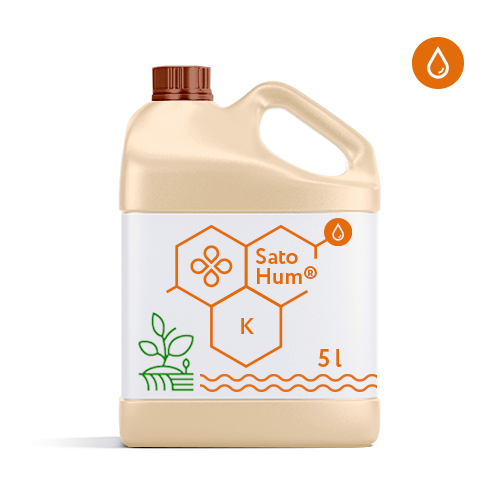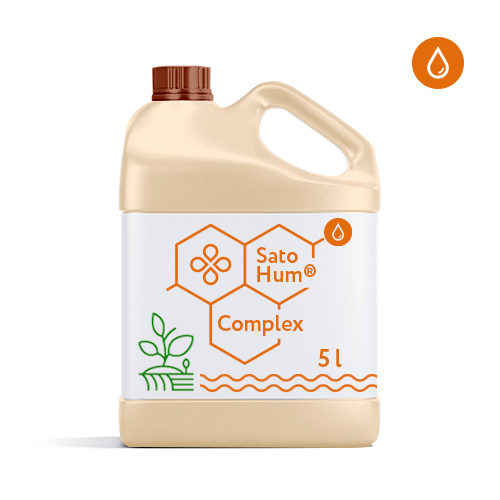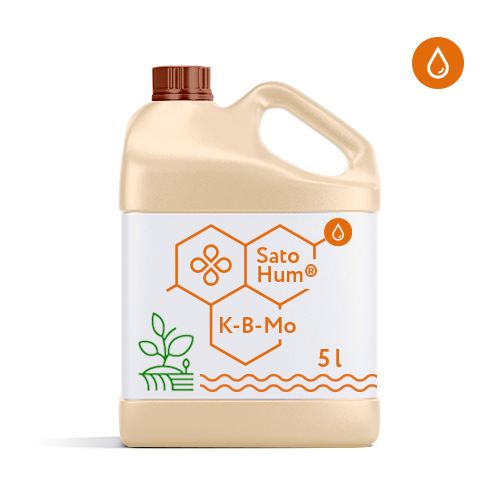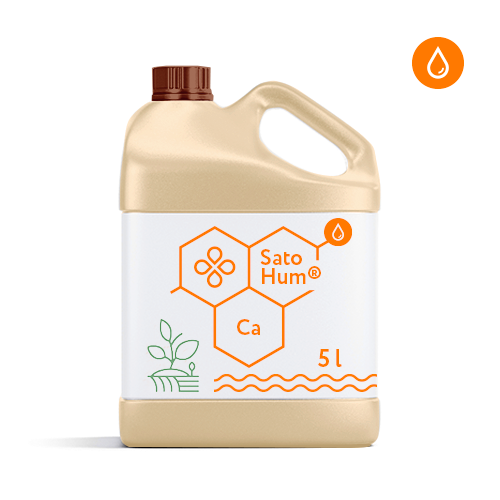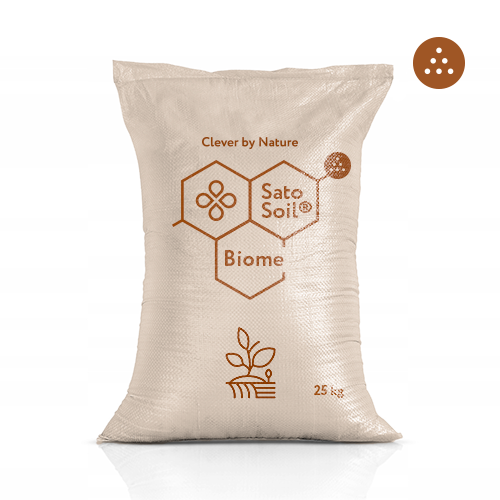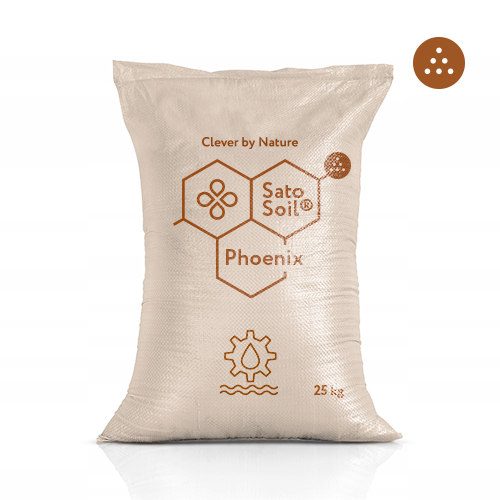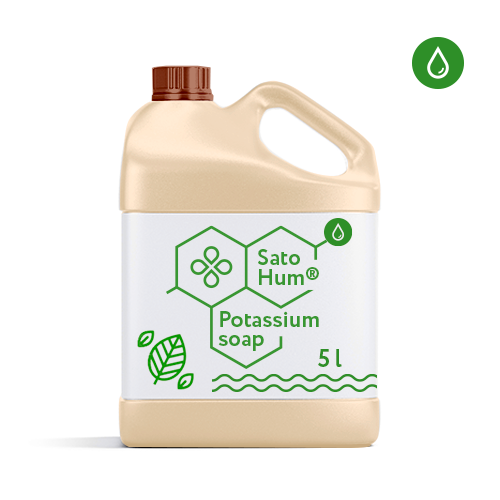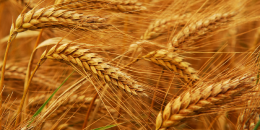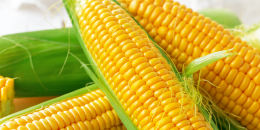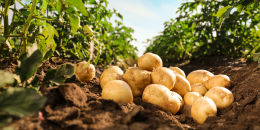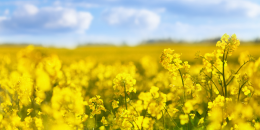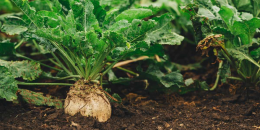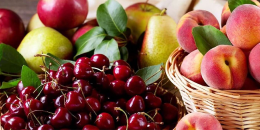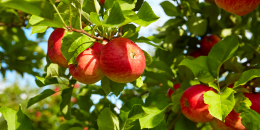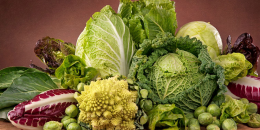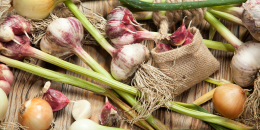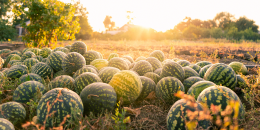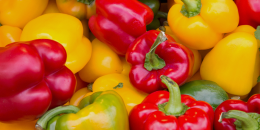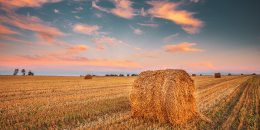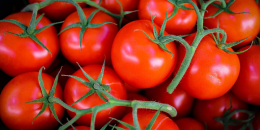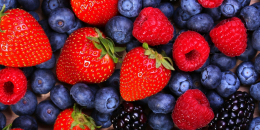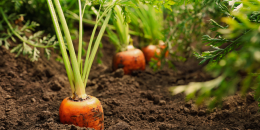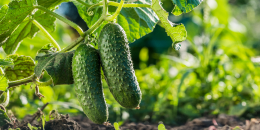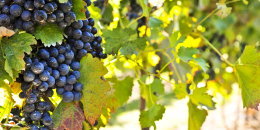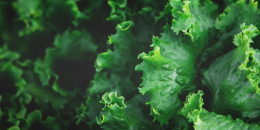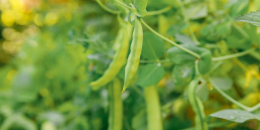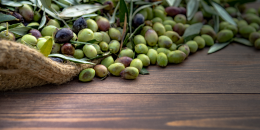Grapes are divided into two main categories – table and wine. Marketable and agro-technological requirements for each of these categories vary depending on the region of cultivation, traditions and taste preferences. The general trend in viticulture prioritizes production and maximum yield of table varieties unlike the priority of quality over profitability in wine varieties.
Grape
Grapes – although cold-resistant, but light and heat-loving crop, that doesn’t tolerate frost and excess moisture. There is experience of industrial greenhouse cultivation of table grapes in cold regions.
Grapes are a perennial fruit tree that requires a special vineyard laying before transplanting of seedlings. Vineyard plots in open ground are located, as a rule, on slopes with a north-south solar exposure, with large row space so that all plants have enough light.
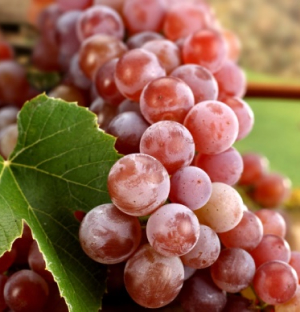
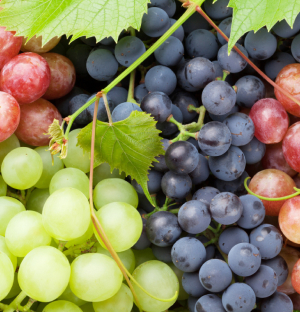
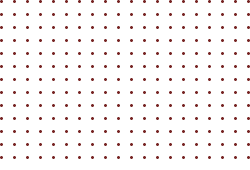
Grapes like to grow without neighbors, but protective crops are grown around the perimeter to protect the grapes from the wind. After each season, the grapes need trunk mulching and anti-aging pruning. Soils under vineyards should have good drainage. Natural Resources and Science SIA has experience in applying SatoSoil® improvers with humic and fulvic acids in open grounds for table varieties vineyards.
Growing grape rootstocks and choosing the right scions is an activity that requires special attention and care, the longevity and fruiting of the entire vineyard depends on it. Young saplings need special vine-training system and fruit-bearing scapes with trellises. Grapes begin to bear fruit in the third year and yield crops up to almost 30 years. When propagated by cuttings, fruiting can be extended for over 100 years.
Grafted intensive vineyards don’t withstand the entire life cycle and bear fruit up to 8-9 years, and then the orchard is re-planted. When replanting the garden and uprooting the previous trunks and roots, top dressing of the fruitful layer with SatoSoil® pHoenix conditioner is required, which corrects the acidity of the soil and neutralizes nitrates and ammonium salts.
Complex biostimulators SatoGrow®, SatoHum® Potassium soap, macro and micro nutrition SatoHum®, the raw material for which is a peat-sapropel mixture from environmentally friendly sources, effectively protect grapes from pathogens, fight insect pest attacks, gradually release minerals. The compositions of Natural Resources and Science SIA contain useful humates, oxyhumates, humic and fulvic acids, have a healing bactericidal and fungicidal effect, increase looseness and buffering of soils, improve ripening and fruit filling.
- yellowing and shrinkage of the leaves, twisting and browning of the leaves - lack of nitrogen;
- weak vines, elongated internodes - lack of light and potassium;
- reddening of leaves or purple spots - insufficient photosynthesis, phosphorus starvation;
- yellow edges on leaves, underdeveloped vines - lack of magnesium;
- interveinal chlorosis - magnesium or potassium starvation;
- yellowing of young leaves and shoots from the top - lack of iron, prolonged rains and excess moisture;
- yellowing of young leaves and shoots from the top - lack of iron, prolonged rains and excess moisture;
- lightening of old leaves, dying off of growth points - boron deficiency;
- underdeveloped clusters, weak fruit filling, early leaf fall - lack of calcium.
Grapes are divided into two main categories – table and wine. Marketable and agro-technological requirements for each of these categories vary depending on the region of cultivation, traditions and taste preferences. The general trend in viticulture prioritizes production and maximum yield of table varieties unlike the priority of quality over profitability in wine varieties.
Grapes – although cold-resistant, but light and heat-loving crop, that doesn’t tolerate frost and excess moisture. There is experience of industrial greenhouse cultivation of table grapes in cold regions.
Grapes are a perennial fruit tree that requires a special vineyard laying before transplanting of seedlings. Vineyard plots in open ground are located, as a rule, on slopes with a north-south solar exposure, with large row space so that all plants have enough light.



Grapes like to grow without neighbors, but protective crops are grown around the perimeter to protect the grapes from the wind. After each season, the grapes need trunk mulching and anti-aging pruning. Soils under vineyards should have good drainage. Natural Resources and Science SIA has experience in applying SatoSoil® improvers with humic and fulvic acids in open grounds for table varieties vineyards.
Growing grape rootstocks and choosing the right scions is an activity that requires special attention and care, the longevity and fruiting of the entire vineyard depends on it. Young saplings need special vine-training system and fruit-bearing scapes with trellises. Grapes begin to bear fruit in the third year and yield crops up to almost 30 years. When propagated by cuttings, fruiting can be extended for over 100 years.
Grafted intensive vineyards don’t withstand the entire life cycle and bear fruit up to 8-9 years, and then the orchard is re-planted. When replanting the garden and uprooting the previous trunks and roots, top dressing of the fruitful layer with SatoSoil® pHoenix conditioner is required, which corrects the acidity of the soil and neutralizes nitrates and ammonium salts.
Complex biostimulators SatoGrow®, SatoHum® Potassium soap, macro and micro nutrition SatoHum®, the raw material for which is a peat-sapropel mixture from environmentally friendly sources, effectively protect grapes from pathogens, fight insect pest attacks, gradually release minerals. The compositions of Natural Resources and Science SIA contain useful humates, oxyhumates, humic and fulvic acids, have a healing bactericidal and fungicidal effect, increase looseness and buffering of soils, improve ripening and fruit filling.
- yellowing and shrinkage of the leaves, twisting and browning of the leaves - lack of nitrogen;
- weak vines, elongated internodes - lack of light and potassium;
- reddening of leaves or purple spots - insufficient photosynthesis, phosphorus starvation;
- yellow edges on leaves, underdeveloped vines - lack of magnesium;
- interveinal chlorosis - magnesium or potassium starvation;
- yellowing of young leaves and shoots from the top - lack of iron, prolonged rains and excess moisture;
- yellowing of young leaves and shoots from the top - lack of iron, prolonged rains and excess moisture;
- lightening of old leaves, dying off of growth points - boron deficiency;
- underdeveloped clusters, weak fruit filling, early leaf fall - lack of calcium.
| SOILS | VEGETATION BEGINNING | GROWTH | HARVEST | ||
| SatoSoil® Biome
Preservation of fertile layer Top dressing for mulching trunks Organic soils nutrition Deep incorporation or mulching 0,5 – 1 kg/bush SatoSoil® pHoenix Restoration of saline and acidic soils Deep incorporation 0,6 – 1,2 kg/m² SatoHum® K or SatoGrow® NPK/ SatoGrow® N Watering the soil improver 2 – 6 ml/10 l of water
|
SatoGrow® K Granules and
SatoGrow® NPK Granules Complex top dressing with minerals 30 – 75 g/bush SatoHum® Complex Systemic micronutrient feeding 0,1 – 0,3 l/ha SatoHum® K or SatoGrow® NPK/ SatoGrow® N Granulate activation 2 – 6 ml/10 l of water
|
SatoHum® K
Rectification of potassium starvation 0,3 l/ha SatoHum® Potassium soap Fighting parasites and fungal diseases 30 – 40 ml/10 l of water SatoHum® Pure In organic farming, it’s used in any non-root irrigation no more than 3 times per growing cycle 15 – 20 ml/10 l of water |
SatoHum® K-B-Mo
Feeding with micronutrients 0,3 l/ha SatoHum® Ca Fruit plumping Weight gain First buds 0,3 l/ha Ovary of berries 0,3 l/ha |
SatoHum® Ca
Grape wilting prevention Long keeping quality Before harvesting 0,3 l/ha |
|
WARNING: 4 Sato® Steps is a comprehensive crop care system that provides the basic crop needs for the main 12 macro, meso and micronutrients for an optimal growing cycle and unlocking the potential of each crop.
General recommendation for fruit bushes and trees: Perennial fruit crops (both shrubs and trees) vary in age, branching, and total crown area. Given that all these plants are perennial, there is no risk of removal of humic or fulvic acids with the end of the season, because all surplus goes into the root system and continues to nourish the tree or bush for the next season, so the dosage for fruit trees and shrubs is calculated per tree/bush.
SOILS: The need for macronutrients in fruit trees changes with their age and varies over the vegetative and generative organs of the plant, since there is no same removal of nutrients as in annual crops. Both SatoSoil® Soil improvers and SatoGrow® Biostimulants are introduced into the trunk circle for precise feeding of the tree/bush. In the autumn application, it’s recommended to introduce the maximum dose, in the spring – the minimum one. For irrigation, it’s recommended to activate granulates (soil improvers or biostimulants) with SatoHum® liquid formulations and SatoGrow® liquid organo-mineral biostimulants.
VEGETATION BEGINNING: Treatment of saplings, bushes and flowers of fruit crops with Sato® Seeds or SatoHum® K compounds is compatible with treatment by classical protectants without reducing the rates of their application, and helps to increase shoots viability and ovary development.
GROWTH: Our SatoHum® solutions have a guaranteed composition with high content of humic and fulvic acids with amino acids of plant origin. It’s not recommended to exceed the total dose of SatoHum® liquid formulations over 5 l/ha/season, starting from the germination and budding phase. If SatoHum® Potassium soap is used for prophylactic purposes, it is recommended to apply the minimum dose. If treatment is carried out to fight active pathogens/parasites, the dose indicated in the product card for the specific pest shall be applied.
HARVEST: Simultaneous fertilization with several SatoHum® products is not expected. It’s not recommended to exceed the specified application rates. For single, not systemic application of SatoHum® products, the maximum dosage of the product is recommended.

